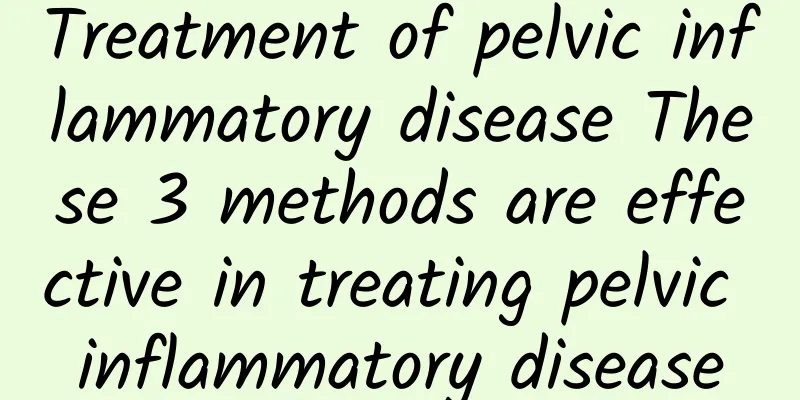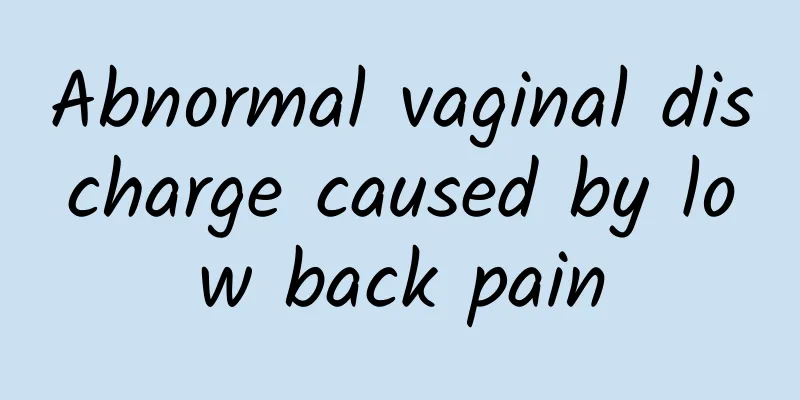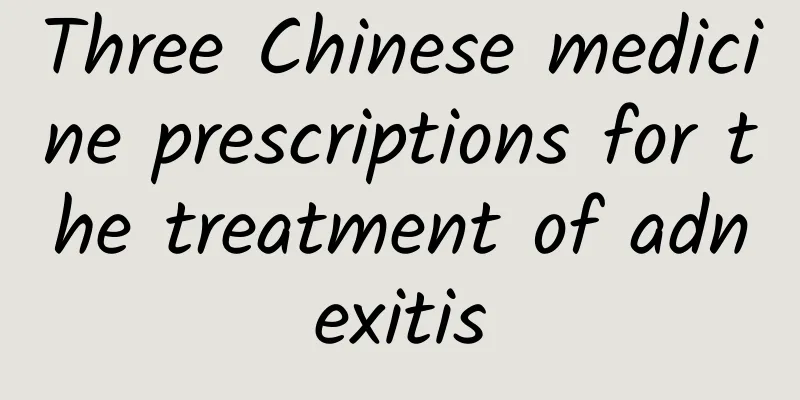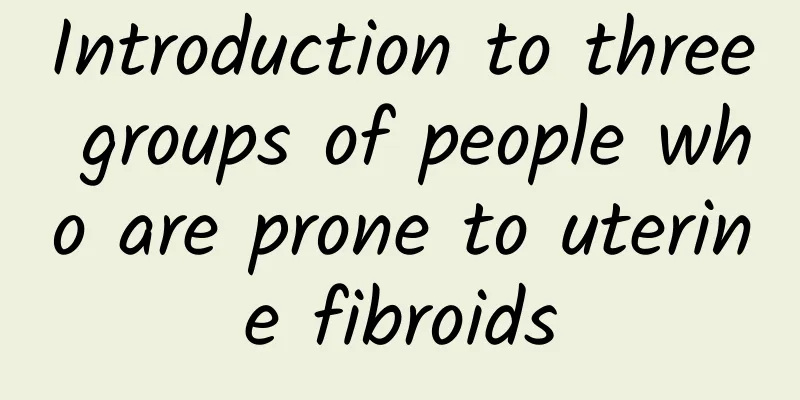Treatment of pelvic inflammatory disease These 3 methods are effective in treating pelvic inflammatory disease

|
Pelvic inflammatory disease refers to inflammation of the female pelvic reproductive organs, the connective tissue around the uterus, and the pelvic peritoneum. Chronic pelvic inflammatory disease is often caused by incomplete treatment of the acute phase. Because of its long onset and stubborn condition, let's take a look at the treatment methods for pelvic inflammatory disease . Treatment of pelvic inflammatory disease 1. Drug treatment Pelvic inflammatory disease is a common gynecological disease, which can be divided into acute and chronic. The symptoms of acute pelvic inflammatory disease are rapid onset, severe condition, obvious abdominal pain, and often accompanied by high fever. Chronic pelvic inflammatory disease is mostly caused by incomplete treatment of acute pelvic inflammatory disease and prolonged illness. Sometimes it can also be hidden and there is no history of acute pelvic inflammatory disease. When a person's body resistance is reduced, patients with chronic pelvic inflammatory disease may have acute attacks. Many patients blindly take painkillers, or only take some antibacterial and anti-inflammatory drugs, but antibiotics are the main treatment measures for acute pelvic inflammatory disease, including intravenous infusion, intramuscular injection or oral administration. Spectrum antibiotics should be used in combination with anti-anaerobic drugs, and attention should be paid to the sufficient course of treatment. And it can be combined with traditional Chinese medicine treatment in order to achieve better therapeutic effects; but the treatment time of traditional Chinese medicine is long, and the efficacy is relatively slow; a few patients can adhere to the implementation of traditional Chinese medicine treatment. 2. Surgical treatment If the patient has pelvic inflammatory disease, surgical treatment is feasible for masses such as hydrosalpinx or tubo-ovarian cysts; surgical treatment is also suitable for patients with small infection foci that repeatedly cause inflammation. The principle of surgery is to completely cure the disease and avoid the chance of recurrence of residual lesions. Adnexectomy or salpingectomy is performed. Surgical treatment directly targets the diseased area and can directly remove the affected area. However, most patients with pelvic inflammatory disease are young women, and surgical treatment methods will cause damage to the patient's ovaries. 3. Physical therapy Hot water sitz bath can reduce pelvic congestion, achieve anti-inflammatory, analgesic and local cleansing effects, thus facilitating the recovery of pelvic patients. It can also improve the nutritional status of tissues and increase metabolism, thus facilitating the absorption and disappearance of inflammation. Commonly used methods include short wave, ultrashort wave, ion penetration, wax therapy, etc. |
<<: What are the dangers of appendix orchitis? Symptoms of appendix orchitis
>>: Is cervical precancerous lesions caused by cervical HPV infection?
Recommend
What foods are good for patients with cervicitis? Three dietary prescriptions have a good therapeutic effect on cervicitis
There are two types of cervicitis: acute and chro...
Long-term poor diet structure can induce the cause of ovarian cysts
Many women do not understand the cause of ovarian...
What are the symptoms of uterine fibroids? What should I do if I have uterine fibroids?
Uterine fibroids are one of the most common benig...
Why does frequent gaming also lead to functional uterine bleeding?
Nowadays, many girls are addicted to computer gam...
Which groups are more susceptible to COVID-19? Vitamin D deficiency linked to infection risk, study finds
The global COVID-19 epidemic has intensified agai...
Experts explain important dysmenorrhea diagnosis methods
The diagnosis of dysmenorrhea in clinical practic...
How to treat congenital absence of vagina
Most patients with congenital absence of vagina h...
What are the causes of congenital absence of vagina?
What is the cause of congenital absence of vagina...
Will women get vaginitis if they wipe with paper after urinating?
When a woman goes to the toilet, she has a habit ...
Is a 2.0 cm ovarian cyst serious?
Is a 2.0cm ovarian cyst serious? An ovarian cyst ...
Vulvar leukoplakia! What are the dangers?
Vulvar leukoplakia, also known as leukoplakia of ...
What should I do if I have irregular menstruation after IUD removal?
What should I do if I have irregular menstruation...
Diet therapy for female vulvar itching
Vulvar itching is also a common symptom that both...
How long does it take to discover an abnormality in an ectopic pregnancy?
How long does it take to find abnormalities in ec...
The main causes of vaginitis in teenage girls
When it comes to vaginitis, many people think tha...









